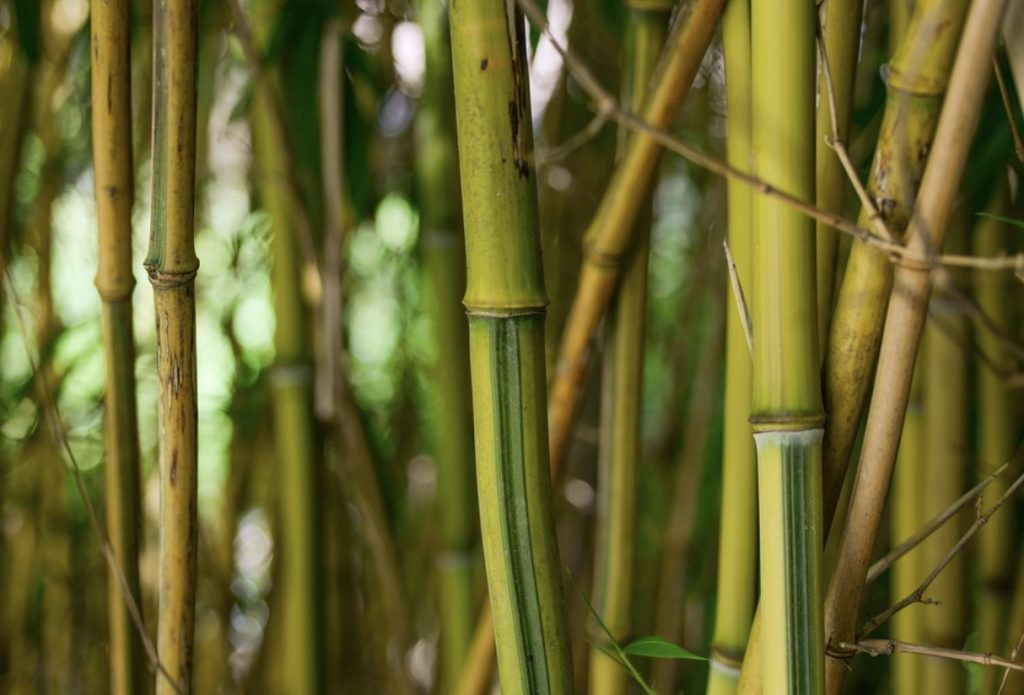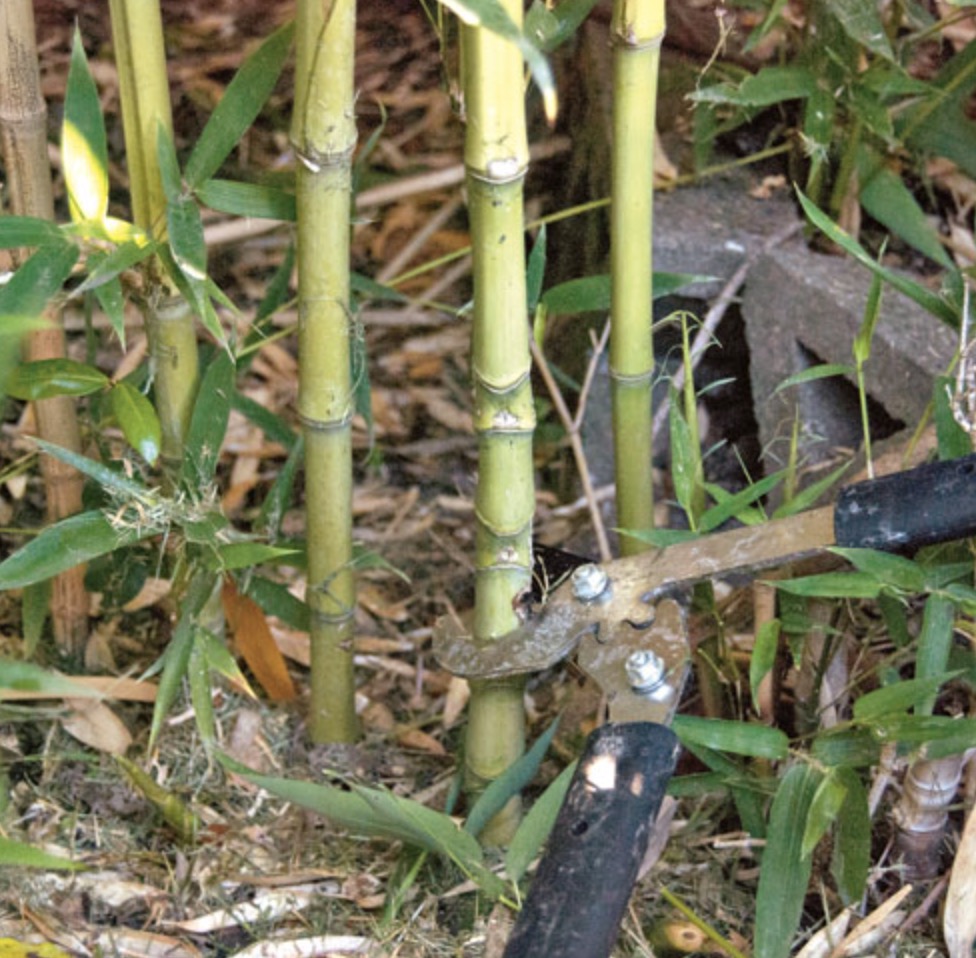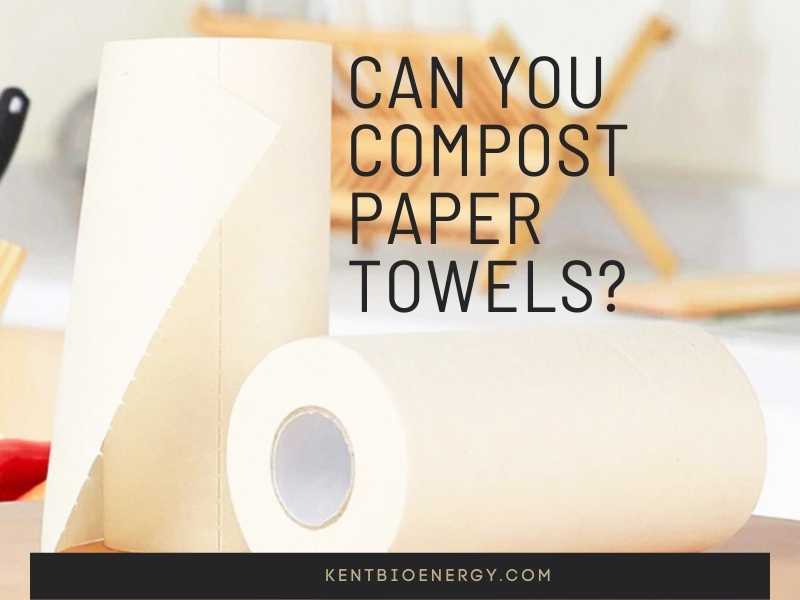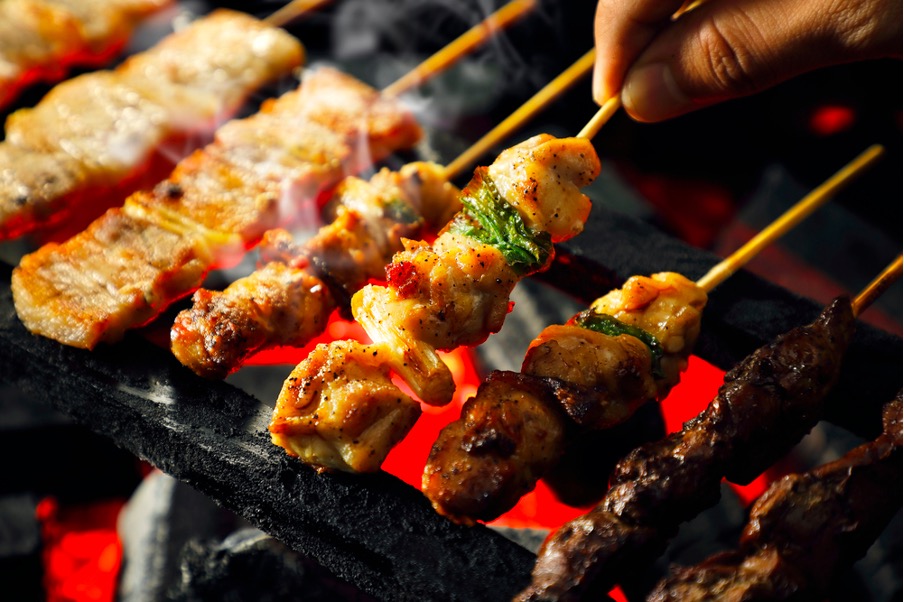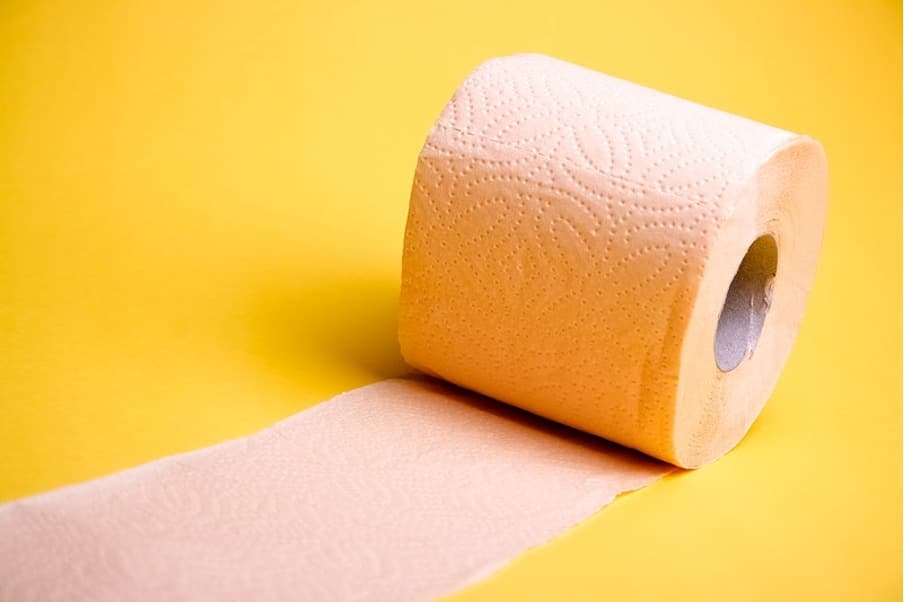Bamboo is becoming a great choice for modern gardening. People use it to modernize and decorate their houses and gardens, utilizing them for making paper, fences, and other common items. Thus, it would be best if you plant it in the garden!
If you are looking for fundamental guidelines and relevant knowledge on growing bamboo, you have come to the right place! Scroll down right now to learn!
1. Why Grow Bamboo?
Before getting into growing bamboo, you need to determine your planting purpose first. These purposes can vary differently from decoration to usages, depending on your desires and needs. Moreover, it can affect your decision on which variety of bamboo you should opt for and the planting location.
A privacy screen from bamboo may be the most popular reason, as most bamboo varieties grow tall and bushy quickly enough to enhance the privacy of your house.
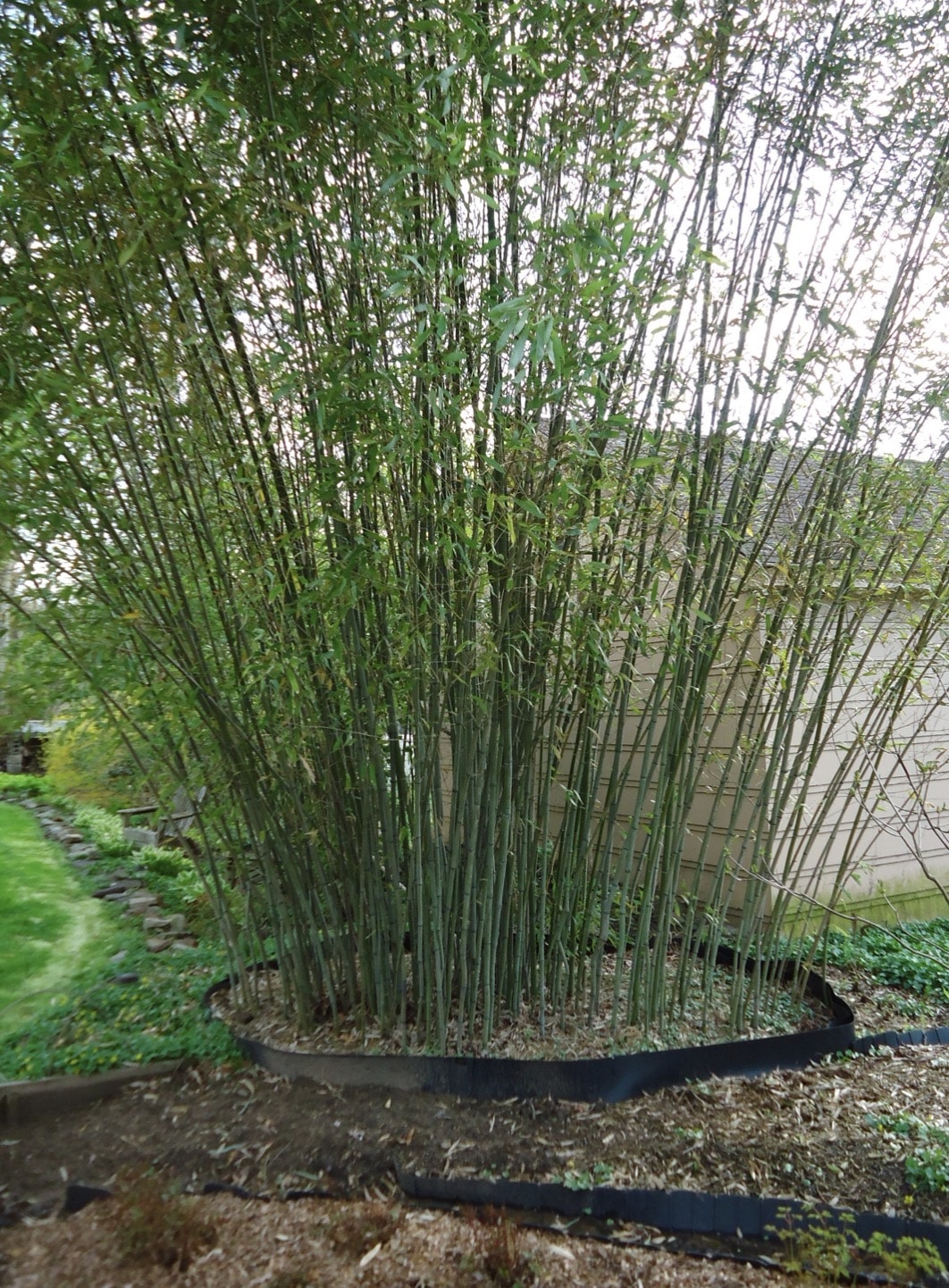
Besides, you can decorate your indoor or outdoor house with bamboo! A huge green bamboo bush will be suitable for your large garden, or a short and small bamboo pot can become a great decoration! It all depends on the area you want to grow the plant.
Planting bamboo for making DIY furniture or items is also a good idea! Otherwise, if none of these practical or aesthetic goals are important to you, bamboo is still useful for absorbing carbon and clean oxygen in the air.
These are only some common reasons for growing bamboo. Yet, regardless of your planting intention, you all need to choose a suitable type of bamboo based on the purpose and condition of your living area. Let’s take a look at the different varieties in the section below!
2. Choosing The Best Variety Of Bamboo
Bamboo belongs to the grass family that comes in over 1,300 varieties growing in different areas globally. Its leaves’ length can range from only a few inches to more than 55 inches, with colors from black to yellow.
Some bamboos are well-adapted to tropical planting ideas, while others are better suited to modern or urban settings. Natural screening is possible with several clump-forming species. Below are some suggestions of bamboo varieties for you.
 There are many different bamboo types – image by pexels.com
There are many different bamboo types – image by pexels.com
2.1. Running or Clumping Bamboo?
Basically, bamboo is divided into two types: clumpers and runners. The rhizome, or underground root structure, determines its categorization. Some are even a mixture of both types.
In detail, the rhizome of a clumper usually goes a short distance before putting up new culms. Its genus determines how far it grows. Clumping bamboo is a tropical plant that dislikes temperatures below 40 degrees Fahrenheit.
Runners, unlike clumpers, are temperate plants with rhizomes that “run” wide and far. As its root offshoots can go a long distance before putting up a culm, this bamboo is frequently considered invasive or difficult to control.
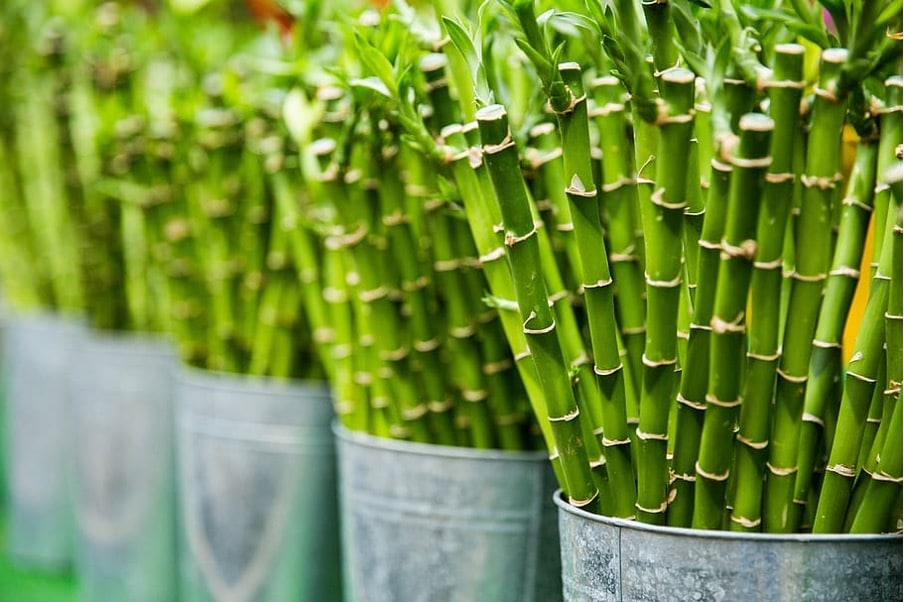
2.2. Tropical or Cold Hardy?
Make sure you are planting suitable bamboo for your climate! Typically, the majority of clumping bamboos are found in tropical and subtropical climates.
Some tropical ones will thrive in colder temperatures, while others may wilt. Many kinds originate in mountainous areas and thrive in the shade and snow. Yet, some of them are unable to withstand low temperatures.
It’s critical to understand the specifications of your bamboo, especially if you reside in a snowy location.
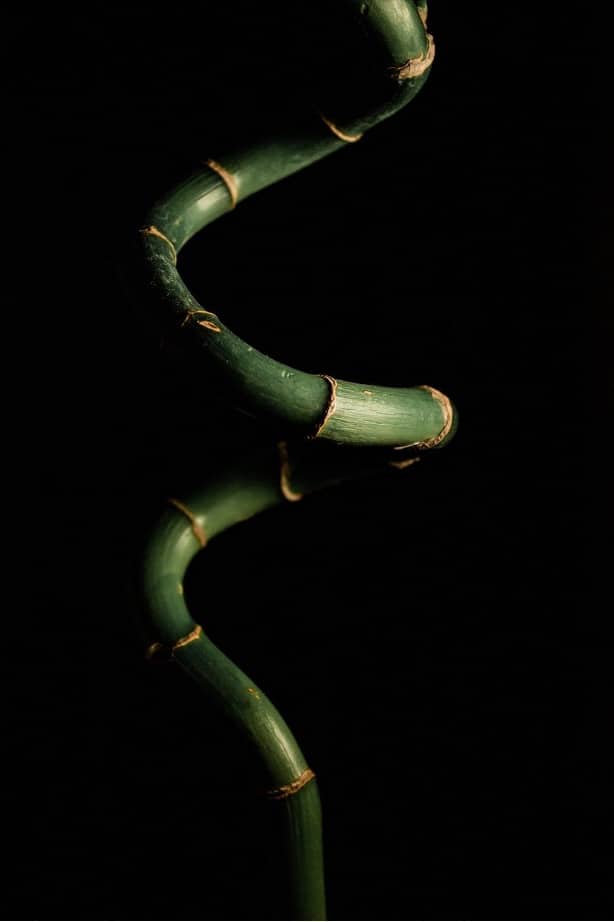
2.3. Sourcing And Propagating Bamboo
This section will show you how to find your ideal bamboo and begin propagating it.
Finding The Source
To start with, let’s take a look at where to purchase the plant and some tips before buying one:
- Some common places that sell bamboo are garden shops, nurseries, as well as specialty nurseries. Keep in mind that if you buy your bamboo from a professional nursery, you may have more options!
- Check your bamboo’s spread and height, as well as whether it is running or clumping to see if it’ll fit in your garden or not. Bamboos that are ideal for screening a wall or structure will be marked ‘screening bamboo.
- Make sure the culms are in the same color. Examine the new growth and ensure that the circle of every new culm is larger than the previous year’s – this indicates a healthy plant growing in vigor.
Propagating Bamboo
Perhaps you have a particularly lovely species in your garden and wish to grow more of it in pots or other locations. Or, when you have some robust bamboo already spreading, you may also want to find a method to share the bounty with your friends. There are many various ways to propagate bamboo, depending on your motives.
Normally, you can propagate bamboo in three ways: rhizomatous root cuttings, young culm cuttings, and seed. Root cuttings are the quickest and most convenient technique to grow bamboo in the great majority of instances.
On the other hand, while seeds are hard to grow and take a long time to germinate, the rewards are well worth the effort!
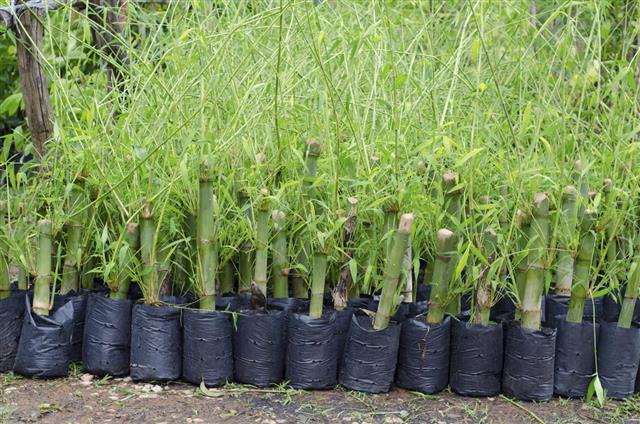
3. Preparing The Soil For Your Bamboo
Bamboo does not have high requirements for soil conditions. Yet, a pH of 7 or neutral, loamy sand with high organic content is ideal for this plant. Like other plants, it thrives in soils rich in organic matter and loose enough to allow for drainage. Besides, it can grow well in clay and other less-than-ideal soil conditions.
As bamboo roots are shallow, they only obtain most of their nutrients from the first 12 inches of soil. Standing water will not allow bamboo to flourish; thus, the soil must be able to drain. If a plant is buried in water for several weeks, the root system might degenerate.
4. Planting Bamboo
Depending on the variety and your purposes, you can choose one of our methods to plant bamboo.
4.1. Plant In A Container
Growing bamboo in a container may be the simplest and quickest option. You only need to plant the bamboo in a very suitable-size container, then sink your container to the ground. Remember to only leave the top appear above the surface of the soil.
Specifically, this will make sure the bamboo grows within the container without spreading beyond. Be mindful that this is only recommended if you are planting in a small area!
4.2. Plant In A Trench
If you’re planting a hedge or screen across a wider area, dig a trench that runs the length of the area. It would help if you curved it into a C shape on both ends.
Line the trench with an impenetrable substance such as corrugated iron, paving slabs, or a specialized root barrier fabric, leaving 2-3 inches above the soil’s surface. After you’ve filled the trench and compacted the dirt properly, you’re ready to grow the bamboo!
4.2. Plant In The Ground
Planting bamboo in the ground may be easier. Dig a hole twice the size of the root mass first. Before planting, add some fertilizer to the bottom of the hole to ensure that the root mass stands parallel with the ground surface. Following that, fill the hole with a mixture of extra compost and water.
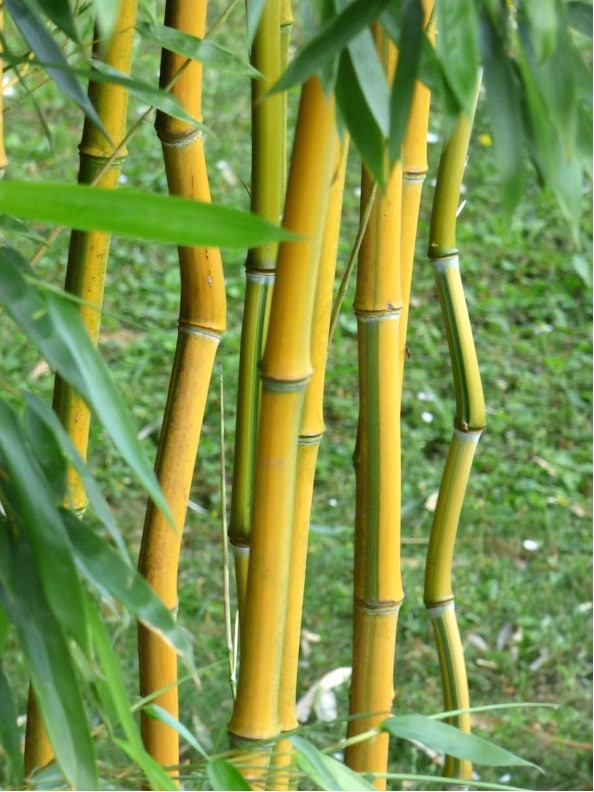
5. Maintaining Your Bamboo
Like other plants, bamboo needs the proper care to grow quickly and healthily.
5.1. Feeding And Fertilizing
Fertilizing is considered the most effective technique to boost growth. Additional fertilizer can provide additional energy to bamboo, which the soils can not offer. We advocate applying a well-balanced time-release fertilizer because of typical soil shortages and bamboo’s urge to expand.
It would be best to feed the tree in-ground with lawn fertilizer or high-nitrogen fertilizer once a month from March to October.
5.2. When To Water Bamboo
Water bamboos often and thoroughly for optimum results, saturating the soil surrounding the plant to a depth of at least 12 inches. The most common reason for new bamboo plant failure or poor development is lack of water, especially during windy or hot conditions.
Bamboos that have been well-established can suffer floods, but newly planted ones can not tolerate too much or too little water.
If you want the bamboo to develop into a huge grove, use a sprinkler or overhead system to water a larger area and stimulate additional rhizome growth!
5.3. Pruning Your Bamboo
Bamboo pruning is optional, but it will bring many benefits. Particularly, it helps enhance the aesthetics and the health of the bamboo.
Pruning is the removal of bamboo’s culms, leaves, or branches. Depending on the thickness of the culm, you can use sharp loppers, pruners, or even a saw. It’s important to note that once a piece of bamboo is cut, it won’t regrow! This characteristic enables permanent control of bamboo diameters.
Furthermore, topping is a trimming type that is used to keep the tree at a certain height. This will need to be done every year when new shoots grow!
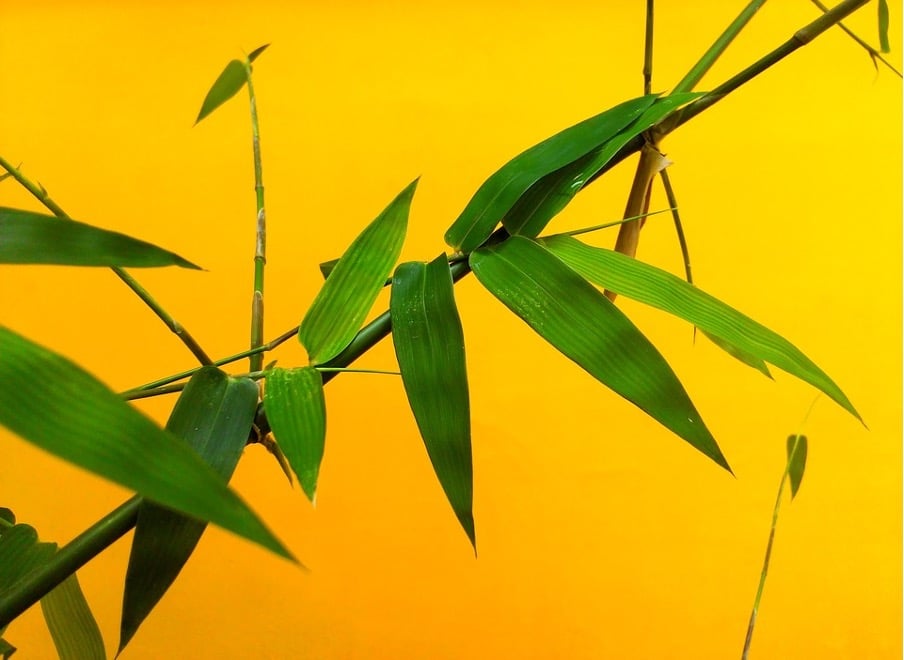
You should do this job in late summer or early fall after the shooting season is over. Avoid trimming bamboo during the shooting season, as this can deplete its energy stores and limit its capacity to create new shoots.
Nevertheless, it is crucial to remove dead debris from the culm and around the base of your bamboo plant to promote air circulation and maintain its health. If you’ve planted running bamboo, be sure to undertake root care on it regularly to keep it from taking over your garden space!
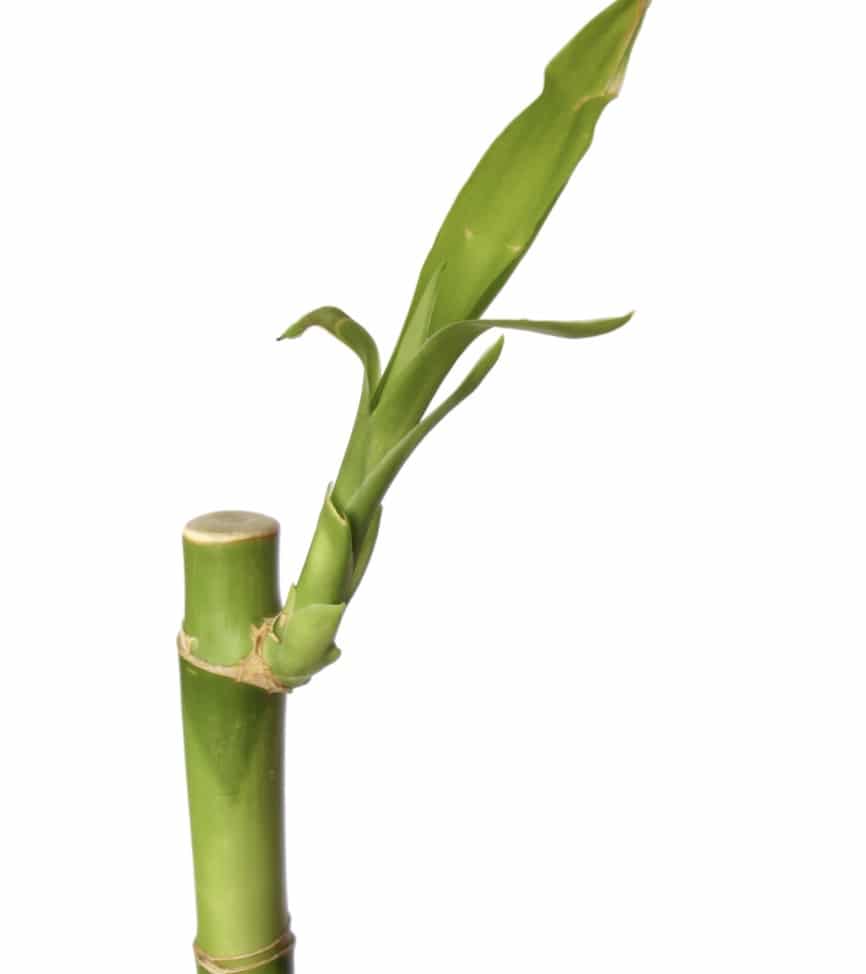
6. Harvesting bamboo
Bamboo harvesting is important for getting the most out of the material and saving money. It also helps maintain the ecosystem!
It takes 3-5 years for the bamboo to reach maturity. You can detect their mature sign by looking at the color of the stem. To be more specific, young bamboo is bright green and gleaming. When bamboo becomes older, the color darkens, and layers of mushrooms and mosses adhere to the stem.
The harvesting time has a significant impact on the bamboo’s durability and the growth of the rest. If you cut in the rainy season, your bamboo will easily be attacked by termites, worms, etc., due to the high water content.
In contrast, at the end of the dry season, bamboo often contains borers because of the highest starch content. We recommend that the best time to harvest bamboo is between the end of the rainy season and the beginning of the dry season!
There are two different ways of cutting bamboo:
- Cutting through the ground
- Make a deep cut to remove the root while preserving the original one.
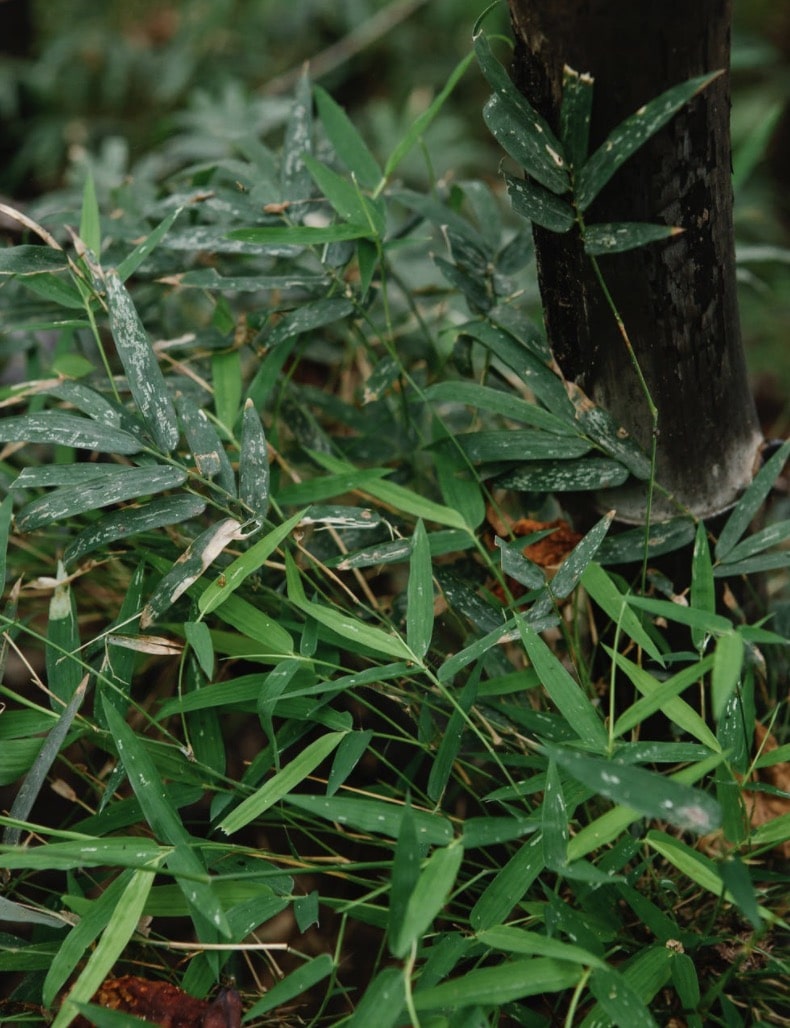
Some Last Words
Growing bamboo is a fantastic job, and it is as difficult as you might think! With these bamboo growing tips and methods, you can quickly transform a drab yard into a gorgeous landscape or decorate your house with aesthetic bamboo!
So, now that you know how to grow bamboo and care for it, are you willing to give it a try?
Hope all the information we provide is helpful. If you need more details or have any other questions, leave the comment below or contact us!
Related Articles
- Growing Bamboo Indoors
- Watering Bamboo
- Fertilizing bamboo
- Running Bamboo vs Clumping Bamboo
- Bamboo varieties for your garden
- Is Bamboo Edible or Is It Toxic
- Bamboo Mulch
- How to Prune & Trim Bamboo Plants
- How fast does bamboo grow
- How to care for bamboo plants
Help Us! Share on:


